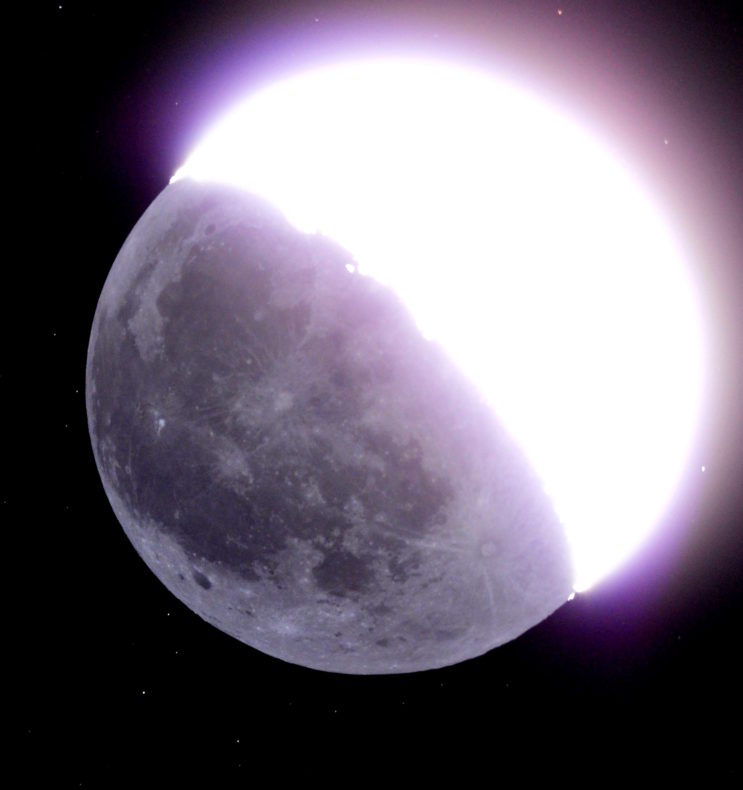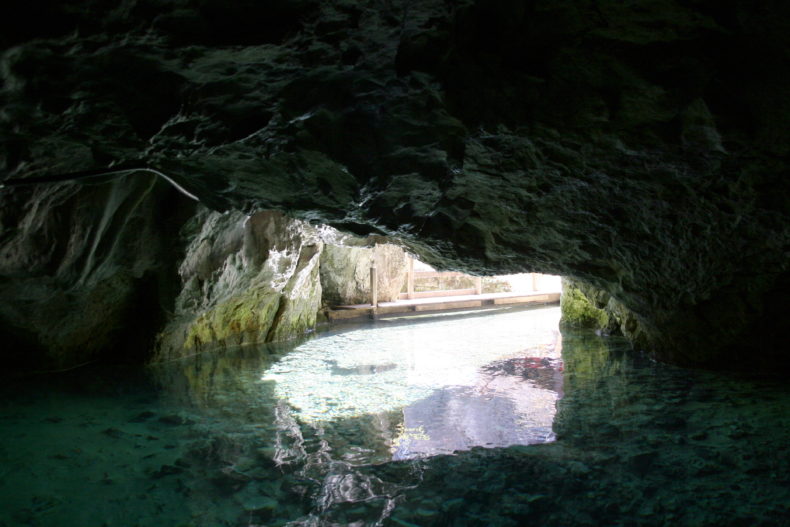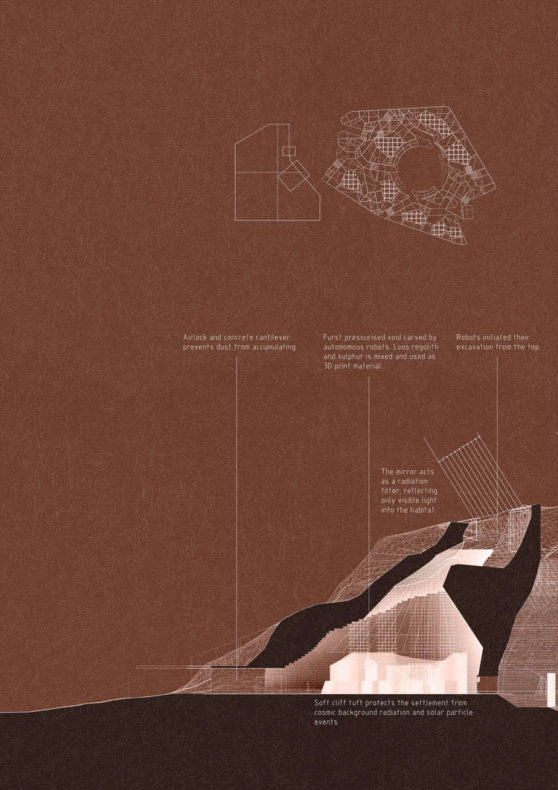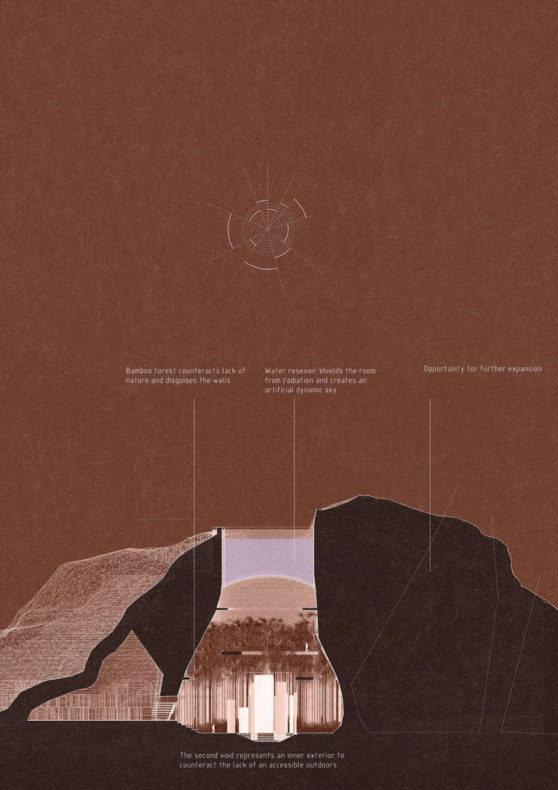
On the moon, as on Earth, it’s about location, location, location. This year – the 50th anniversary of the first human steps on the moon – a lot of serious projects are underway to go back, and this time they want to stick around. In the past few years, it has become increasingly clear that the best place to put a crewed base is the lunar south pole. Its mountain peaks spend so much of their time dazzled by blinding sunshine that they are infomally called the Peaks of Eternal Light. Their location is not only crucial for generating solar power, but they sit next to craters in permanent shade, where water is stashed away in ice. This is prime real estate.
So it came as no surprise when in April, China announced plans to snaffle that spot. That could raise some interesting property disputes: China surely won’t be the last or only nation to build a lunar base. And neither will nation states be the only ones looking to plant flags – Jeff Bezos recently joked (?) that he wouldn’t be opposed to building an Amazon fulfillment center on the moon. [side note I saw that coming here]
As big and empty as the moon is, there won’t be a huge amount of space for all these interests to spread out. Thanks to the moon’s desolate geography and 14-day night, the usable area for settlements is actually pretty sparse – the solar peaks aren’t just the best spots, they’re pretty much the only spots.
However, in his recent book Red Moon, science fiction god author Kim Stanley Robinson offers another, much more intriguing option, which could significantly expand the moon’s real estate market. And it is not necessarily science fiction.

On the run from trouble, his protagonists escape to the far side of the moon where they find an entryway to an enormous rock-walled vestibule, “which contained on its inside wall a door as tall as a rocket. The door opened; the rocket and its platform rolled inside it, the giant doors slid shut and closed behind them. They were inside the moon, rocket and all.”
They’re in a gargantuan lava tunnel, which a Chinese billionaire has terraformed into an airtight replica of classical China.
“Mountains and rivers without end. They seemed to be in a valley that extended forever ahead of them, as in the old scroll paintings. Forested hills sloped up each side of the long U-shaped valley, giving way to steep rocky gray crags. A bright pseudo-sky arced overhead, and misty scraps of white cloud drifted under this glowing blue barrel vault. … The lowest cloud bottoms misted the tips of enormous pine trees topping the hillside forests.”
Compared to the kind of cramped brutalist structures that are likely to comprise most surface settlements, a giant cave with breathable air and real clouds, trees, and rivers seems like a much more human-friendly design choice. Lava tunnels also have more practical benefits: “Occupying these would provide protection from cosmic radiation, and be larger than anything we could easily excavate,” Robinson told me when I interviewed him for IEEE Spectrum‘s upcoming special report, Project Moon Base. (Look out for it in early July!)
And sure, the book is science fiction. But the existence of such lava tubes isn’t. “There may well still be lava tunnels just under the moon’s surface – no one knows for sure yet,” he said. “They’ve seen some lines of pits that look like they might be collapsed lava tunnel roofs. I think we’ll be looking for them once we’ve got bases there, and maybe even before that, by using remote sensing methods.”
However, Robinson flagged up that their existence rests on the “relative lack of moonquakes” – and just a month after our interview came the news that the moon is shrinking and shivering. There’s enough potential for moonquakes that NASA is building their plans around avoiding active zones.
Reader, I want my own moon cave, and I’m willing to suspend my critical thinking to maintain that fantasy. Anyway, if we do find intact lava tubes, they’ll have withstood 4 billion years of those moonquakes – and they’ll probably retain their structural integrity for a few more centuries. They’ll be a great place to live!
The next person to throw cold water on my cave fantasy was Sebastian Frederiksen, who designs speculative habitats for the moon, Mars and elsewhere at Saga Space Architects. “As much as possible, we will work to avoid the caves,” he said. Why?! “Having windows – even just to the barren grey surface of the moon – will be important for the settlers.”
And then he reluctantly admitted that Saga has mocked up an entire cave colony! “It’s a very speculative project,” he cautioned.


Right, so they’re calling it a cliff colony but we can all see that this is a cave! And with some clever design tricks, you can obviate the windows. It turns out you can bring the sunshine into the cave from outside! “We make use of huge mirrors made from melted/sinthered Regolith to direct and focus the sunlight so the colonists can have sunlight inside,” Frederiksen said. The biggest problem he sees is making it pressure-tight.
So given that it’s obviously possible to make a cave colony on the moon and on Mars, why is he so grouchy about living in a beautiful, spacious cave? “It seems counterintuitive to advance the human race to outer space,” he deadpanned, “and then move right back into caves.”
Yeah yeah so it’s one giant leap backwards for mankind. Small price to pay for a MOON CAVE.
Image Credits
Earthshine reflecting off the Moon. Photo taken in Longjing Township, Taichung County, Taiwan by 阿爾特斯
Cave: Wimsener Höhle, Eingang, von innen. by Enzyklofant
Cliff Colony, courtesy of Saga Space Architects
One thought on “The best place to live on the moon”
Comments are closed.